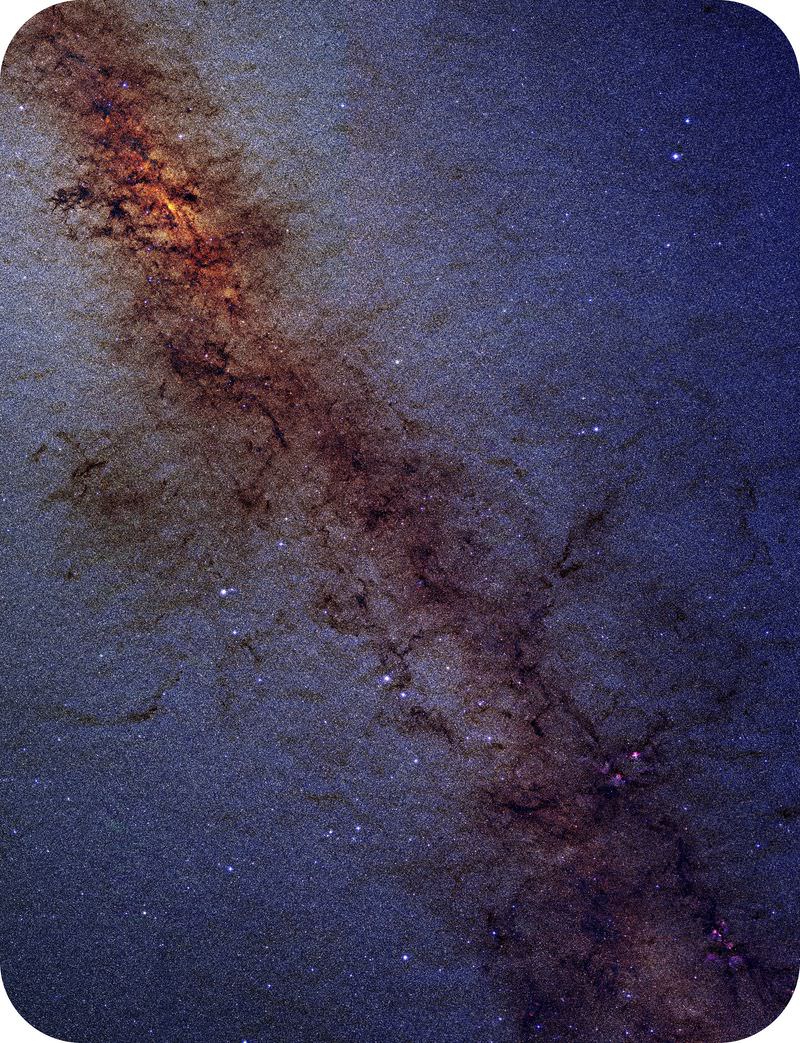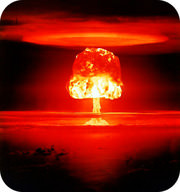23.2: Star Power
- Page ID
- 6233
\( \newcommand{\vecs}[1]{\overset { \scriptstyle \rightharpoonup} {\mathbf{#1}} } \)
\( \newcommand{\vecd}[1]{\overset{-\!-\!\rightharpoonup}{\vphantom{a}\smash {#1}}} \)
\( \newcommand{\dsum}{\displaystyle\sum\limits} \)
\( \newcommand{\dint}{\displaystyle\int\limits} \)
\( \newcommand{\dlim}{\displaystyle\lim\limits} \)
\( \newcommand{\id}{\mathrm{id}}\) \( \newcommand{\Span}{\mathrm{span}}\)
( \newcommand{\kernel}{\mathrm{null}\,}\) \( \newcommand{\range}{\mathrm{range}\,}\)
\( \newcommand{\RealPart}{\mathrm{Re}}\) \( \newcommand{\ImaginaryPart}{\mathrm{Im}}\)
\( \newcommand{\Argument}{\mathrm{Arg}}\) \( \newcommand{\norm}[1]{\| #1 \|}\)
\( \newcommand{\inner}[2]{\langle #1, #2 \rangle}\)
\( \newcommand{\Span}{\mathrm{span}}\)
\( \newcommand{\id}{\mathrm{id}}\)
\( \newcommand{\Span}{\mathrm{span}}\)
\( \newcommand{\kernel}{\mathrm{null}\,}\)
\( \newcommand{\range}{\mathrm{range}\,}\)
\( \newcommand{\RealPart}{\mathrm{Re}}\)
\( \newcommand{\ImaginaryPart}{\mathrm{Im}}\)
\( \newcommand{\Argument}{\mathrm{Arg}}\)
\( \newcommand{\norm}[1]{\| #1 \|}\)
\( \newcommand{\inner}[2]{\langle #1, #2 \rangle}\)
\( \newcommand{\Span}{\mathrm{span}}\) \( \newcommand{\AA}{\unicode[.8,0]{x212B}}\)
\( \newcommand{\vectorA}[1]{\vec{#1}} % arrow\)
\( \newcommand{\vectorAt}[1]{\vec{\text{#1}}} % arrow\)
\( \newcommand{\vectorB}[1]{\overset { \scriptstyle \rightharpoonup} {\mathbf{#1}} } \)
\( \newcommand{\vectorC}[1]{\textbf{#1}} \)
\( \newcommand{\vectorD}[1]{\overrightarrow{#1}} \)
\( \newcommand{\vectorDt}[1]{\overrightarrow{\text{#1}}} \)
\( \newcommand{\vectE}[1]{\overset{-\!-\!\rightharpoonup}{\vphantom{a}\smash{\mathbf {#1}}}} \)
\( \newcommand{\vecs}[1]{\overset { \scriptstyle \rightharpoonup} {\mathbf{#1}} } \)
\( \newcommand{\vecd}[1]{\overset{-\!-\!\rightharpoonup}{\vphantom{a}\smash {#1}}} \)
\(\newcommand{\avec}{\mathbf a}\) \(\newcommand{\bvec}{\mathbf b}\) \(\newcommand{\cvec}{\mathbf c}\) \(\newcommand{\dvec}{\mathbf d}\) \(\newcommand{\dtil}{\widetilde{\mathbf d}}\) \(\newcommand{\evec}{\mathbf e}\) \(\newcommand{\fvec}{\mathbf f}\) \(\newcommand{\nvec}{\mathbf n}\) \(\newcommand{\pvec}{\mathbf p}\) \(\newcommand{\qvec}{\mathbf q}\) \(\newcommand{\svec}{\mathbf s}\) \(\newcommand{\tvec}{\mathbf t}\) \(\newcommand{\uvec}{\mathbf u}\) \(\newcommand{\vvec}{\mathbf v}\) \(\newcommand{\wvec}{\mathbf w}\) \(\newcommand{\xvec}{\mathbf x}\) \(\newcommand{\yvec}{\mathbf y}\) \(\newcommand{\zvec}{\mathbf z}\) \(\newcommand{\rvec}{\mathbf r}\) \(\newcommand{\mvec}{\mathbf m}\) \(\newcommand{\zerovec}{\mathbf 0}\) \(\newcommand{\onevec}{\mathbf 1}\) \(\newcommand{\real}{\mathbb R}\) \(\newcommand{\twovec}[2]{\left[\begin{array}{r}#1 \\ #2 \end{array}\right]}\) \(\newcommand{\ctwovec}[2]{\left[\begin{array}{c}#1 \\ #2 \end{array}\right]}\) \(\newcommand{\threevec}[3]{\left[\begin{array}{r}#1 \\ #2 \\ #3 \end{array}\right]}\) \(\newcommand{\cthreevec}[3]{\left[\begin{array}{c}#1 \\ #2 \\ #3 \end{array}\right]}\) \(\newcommand{\fourvec}[4]{\left[\begin{array}{r}#1 \\ #2 \\ #3 \\ #4 \end{array}\right]}\) \(\newcommand{\cfourvec}[4]{\left[\begin{array}{c}#1 \\ #2 \\ #3 \\ #4 \end{array}\right]}\) \(\newcommand{\fivevec}[5]{\left[\begin{array}{r}#1 \\ #2 \\ #3 \\ #4 \\ #5 \\ \end{array}\right]}\) \(\newcommand{\cfivevec}[5]{\left[\begin{array}{c}#1 \\ #2 \\ #3 \\ #4 \\ #5 \\ \end{array}\right]}\) \(\newcommand{\mattwo}[4]{\left[\begin{array}{rr}#1 \amp #2 \\ #3 \amp #4 \\ \end{array}\right]}\) \(\newcommand{\laspan}[1]{\text{Span}\{#1\}}\) \(\newcommand{\bcal}{\cal B}\) \(\newcommand{\ccal}{\cal C}\) \(\newcommand{\scal}{\cal S}\) \(\newcommand{\wcal}{\cal W}\) \(\newcommand{\ecal}{\cal E}\) \(\newcommand{\coords}[2]{\left\{#1\right\}_{#2}}\) \(\newcommand{\gray}[1]{\color{gray}{#1}}\) \(\newcommand{\lgray}[1]{\color{lightgray}{#1}}\) \(\newcommand{\rank}{\operatorname{rank}}\) \(\newcommand{\row}{\text{Row}}\) \(\newcommand{\col}{\text{Col}}\) \(\renewcommand{\row}{\text{Row}}\) \(\newcommand{\nul}{\text{Nul}}\) \(\newcommand{\var}{\text{Var}}\) \(\newcommand{\corr}{\text{corr}}\) \(\newcommand{\len}[1]{\left|#1\right|}\) \(\newcommand{\bbar}{\overline{\bvec}}\) \(\newcommand{\bhat}{\widehat{\bvec}}\) \(\newcommand{\bperp}{\bvec^\perp}\) \(\newcommand{\xhat}{\widehat{\xvec}}\) \(\newcommand{\vhat}{\widehat{\vvec}}\) \(\newcommand{\uhat}{\widehat{\uvec}}\) \(\newcommand{\what}{\widehat{\wvec}}\) \(\newcommand{\Sighat}{\widehat{\Sigma}}\) \(\newcommand{\lt}{<}\) \(\newcommand{\gt}{>}\) \(\newcommand{\amp}{&}\) \(\definecolor{fillinmathshade}{gray}{0.9}\)Did you know that the night sky is bright?
Starlight can be surprisingly bright in the night sky. Of course, daytime is all about starlight. The star is our Sun, and it shines so brightly because it is so close to us. Even the Moon is bright because of light from the Sun. Some stars produce much more energy than the Sun. They're just farther away, so the light is not as obvious. How do stars generate so much energy?
Nuclear Fusion
Stars shine because of nuclear fusion. Fusion reactions in the Sun's core keep our nearest star burning. Stars are made mostly of hydrogen and helium. Both are very light gases, but a star contains so much hydrogen and helium that its total mass is enormous. The pressure at the center of a star is great enough to heat the gases. This causes nuclear fusion reactions.
A nuclear fusion reaction is so named because the nuclei (center) of atoms fuse (join) together in the process. In stars like our Sun, hydrogen atoms join together to create a helium atom. Nuclear fusion reactions need a lot of energy to get started. Once they begin, they produce even more energy (Figure below).
A thermonuclear bomb is an uncontrolled fusion reaction in which enormous amounts of energy are released.
Particle Accelerators
Scientists have built machines called particle accelerators. These amazing tools smash particles that are smaller than atoms into each other head-on. This creates new particles. Scientists use particle accelerators to learn about nuclear fusion in stars. They can also learn about how atoms came together in the first few minutes of the Universe. Two well-known accelerators are SLAC, in California, and CERN, in Switzerland (Figure below).
The SLAC National Accelerator Lab in California can propel particles a straight 2 mi (3.2 km).
Summary
- In a nuclear fusion reaction, nuclei combine to form a larger nucleus.
- The energy from fusion reactions keeps the star shining.
- Particle accelerators simulate nuclear fusion in stars.
Review
- How do stars get their power?
- Why can this happen in stars and not elsewhere?
- What do scientists learn from particle accelerators?
Explore More
Use the resource below to answer the questions that follow.
- What happens during nuclear fusion?
- What allows the positively charged hydrogen nuclei to collide, instead of repelling each other?
- What is produced by the collision?
- What kind of fusion powers the Sun?
- What characteristics of stars make them good nuclear fusion reactors?
- What did nuclear fusion contribute to the Universe billions of years ago?
References
| Image | Reference | Attributions |
|---|---|---|
 |
[Figure 1] |
Credit: Courtesy of Peter Kaminski/US Geological Survey;Courtesy of NASA Source: commons.wikimedia.org/wiki/File:Stanford-linear-accelerator-usgs-ortho-kaminski-5900.jpg ; commons.wikimedia.org/wiki/File:Beit_Alpha.jpg License: Public Domain |
 |
[Figure 2] |
Credit: Courtesy of the US Department of Energy;Courtesy of NASA Source: htp://commons.wikimedia.org/wiki/Fil...stle_Romeo.jpg ; commons.wikimedia.org/wiki/File:Beit_Alpha.jpg License: Public Domain |
 |
[Figure 3] |
Credit: Courtesy of Peter Kaminski/US Geological Survey;Courtesy of NASA Source: commons.wikimedia.org/wiki/File:Stanford-linear-accelerator-usgs-ortho-kaminski-5900.jpg ; commons.wikimedia.org/wiki/File:Beit_Alpha.jpg License: Public Domain |


